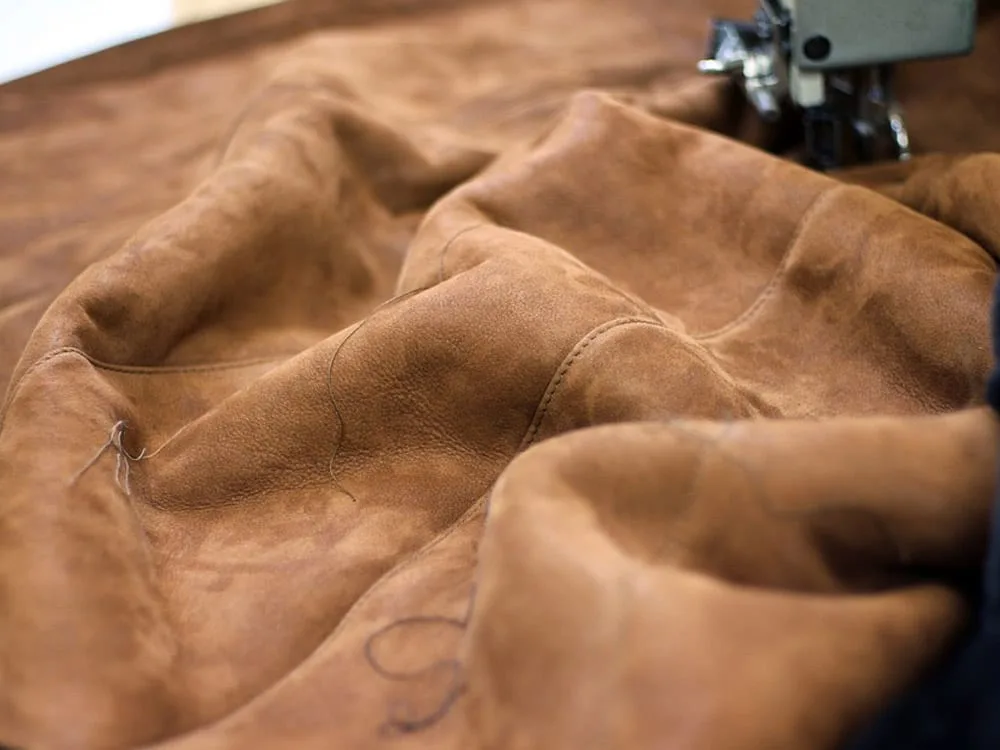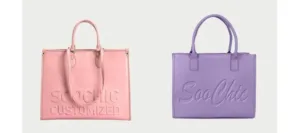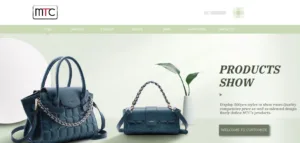Sheepskin leather, known for its exceptional softness and lightweight feel, has become increasingly popular in the fashion and luxury goods industries. From high-end apparel to exquisite accessories, sheepskin leather is highly valued for its comfort, durability, and natural elegance.
Whether you are a consumer seeking quality leather products or a professional in the leather industry, understanding the characteristics and advantages of sheepskin leather is essential. This knowledge not only helps you make informed purchasing decisions but also provides deeper insight into the craftsmanship and quality standards behind premium leather goods.
In this article, we will explore what sheepskin leather really is, uncovering its natural properties and tanning process. Additionally, we’ll reveal why expert tanners consistently choose sheepskin leather as their preferred material. Join us as we delve into the unique qualities that set sheepskin leather apart in the world of fine leather.
Contents
What is Sheepskin Leather?
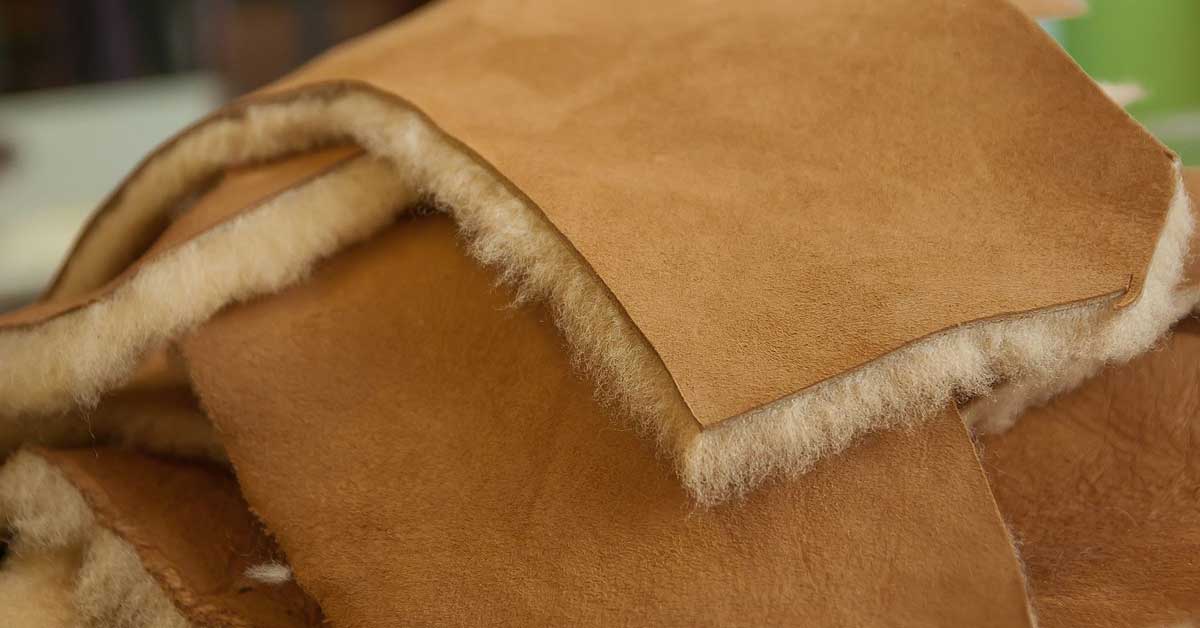
Sheepskin leather is a type of natural leather derived from the hides of sheep. Renowned for its exceptional softness, suppleness, and lightweight characteristics, sheepskin leather is widely utilized across various high-end leather goods sectors. Unlike heavier leather types such as cowhide, sheepskin offers a delicate texture combined with durability, making it an ideal material for products that demand both comfort and elegance.
The source of sheepskin leather primarily comes from different breeds of sheep, each contributing unique qualities to the leather. For instance, Merino sheep are prized for producing exceptionally fine and soft leather, while other breeds may offer thicker or more textured hides suitable for specialized applications. Additionally, the part of the hide used—whether from the neck, shoulder, or belly—also influences the leather’s grain, thickness, and flexibility.
From a physical standpoint, sheepskin leather is characterized by its lightweight nature and remarkable breathability, which contributes to comfort in finished products. Its fine grain structure lends a smooth, almost velvet-like surface that accepts dyes and finishes exceptionally well, allowing for a wide range of aesthetic possibilities. The inherent elasticity and resilience of sheepskin also enhance product longevity, making it a preferred choice for manufacturers focused on premium quality and consumer satisfaction.
Unique Characteristics of Sheepskin Leather

| Characteristic | Description | Benefits for Manufacturers and Consumers |
|---|---|---|
| Soft and Smooth Texture | Fine grain and delicate surface that feels gentle against the skin | Enhanced comfort and premium tactile experience |
| Natural Elasticity | Flexible and resilient, resists cracking and deformation | Longer-lasting products with maintained shape |
| Breathability & Warmth | Allows air circulation while retaining heat | Suitable for diverse climates, increases wearer comfort |
| Excellent Dye & Tanning Compatibility | Uniform color absorption and finish adherence | Wide range of design options and consistent quality finishes |
| Lightweight & Easy to Process | Thin but strong, facilitates cutting, sewing, and detailing | Streamlined manufacturing and lighter final products |
Sheepskin leather stands out in the leather industry for its combination of luxurious softness and practical performance. Its texture is incredibly smooth and delicate, offering a natural feel that closely conforms to the skin—making it a preferred material in over 65% of premium leatherwear collections globally, according to a report by the International Council of Tanners (ICT).
Beyond comfort, sheepskin leather possesses natural elasticity that enhances its durability, allowing products to maintain shape and resist wear over time. Lab tests cited by ICT show that high-quality sheepskin can endure 20–30% more flex cycles compared to standard cowhide of similar thickness.
One of the most valued features of sheepskin is its excellent breathability, which helps regulate temperature by providing warmth in cooler conditions while allowing air circulation to prevent overheating. This dual function makes sheepskin leather highly versatile across different climates and product types, from winter coats to breathable lining in summer shoes.
Moreover, sheepskin leather is highly adaptable in the tanning and dyeing processes. It accepts colors uniformly and holds finishes exceptionally well, offering manufacturers a broad palette of design possibilities. According to industry dyeing data, sheepskin achieves a 98% dye absorption rate, reducing waste and increasing efficiency. Its lightweight nature—typically 30–40% lighter than full-grain cowhide—combined with ease of cutting and stitching, further simplifies production without compromising on quality.
Why Do Expert Tanners Choose Sheepskin Leather?

Expert tanners consistently favor sheepskin leather due to its exceptional adaptability, high yield in premium applications, and compatibility with advanced tanning processes. Its fine grain structure and lightweight nature meet the stringent demands of luxury fashion houses and accessory brands that require materials both aesthetically refined and functionally reliable.
From a production standpoint, sheepskin leather offers significant advantages during the tanning process. Its porous and soft fiber structure readily absorbs tanning agents—whether using chrome, vegetable, or metal-free methods—leading to uniform grain development, minimal shrinkage, and stable color retention. Compared to thicker hides like cowhide, sheepskin requires less chemical input and shorter processing cycles, helping tanners improve throughput and reduce environmental load.
Another key reason professionals select sheepskin is its alignment with high-end market demands. The global demand for soft, lightweight, and supple leathers—especially in the premium garment and accessory sectors—continues to rise. According to a 2024 market study by Leather Research Institute of Europe (LRIE), sheepskin-based goods account for over 40% of leather items in the luxury fashion market, driven by consumer preferences for comfort and quality.
Sustainability is also a growing factor. Sheepskin is often a by-product of the meat industry, and modern tanning operations have developed cleaner, more eco-conscious methods to process it. Many tanneries now adopt low-impact tanning systems, certified by organizations like Leather Working Group (LWG), to ensure reduced water consumption, chemical usage, and carbon footprint during production.
Tanners from renowned Italian and Spanish leather hubs frequently highlight sheepskin as their material of choice for fine leather gloves, small leather goods, and luxury linings. For example, Conceria XYZ in Tuscany reports that its signature full-aniline sheepskin is now used by several global fashion houses for seasonal collections, citing its “unmatched balance between softness, workability, and luxury-grade finishing.”
Comparison with Other Types of Leather
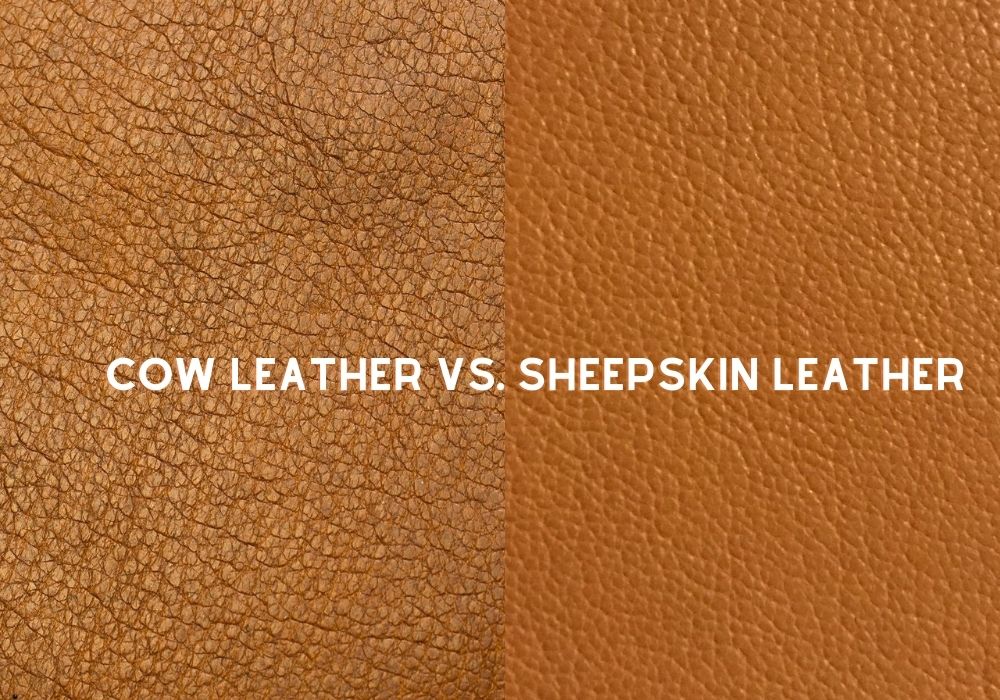
When selecting leather for manufacturing, choosing the right type is critical for meeting product functionality, cost, and brand positioning. Sheepskin, cowhide, and pigskin are three of the most commonly used leathers, each with distinct properties and ideal use cases. Understanding their differences helps buyers and product developers make informed decisions.
1. Sheepskin vs. Cowhide
| Feature | Sheepskin Leather | Cowhide Leather |
|---|---|---|
| Texture | Extremely soft and fine-grained | Thicker and firmer with a more pronounced grain |
| Weight | Lightweight, easy to wear or carry | Heavier, more structured |
| Flexibility | Highly flexible and form-fitting | More rigid, holds shape better |
| Durability | Moderate to high (depends on finish) | Very durable and abrasion-resistant |
| Typical Uses | Luxury garments, gloves, linings, accessories | Belts, footwear, upholstery, structured bags |
Insight: Sheepskin is better suited for products that require softness and comfort, while cowhide is ideal for items that demand structural strength and rugged wear.
2. Sheepskin vs. Pigskin
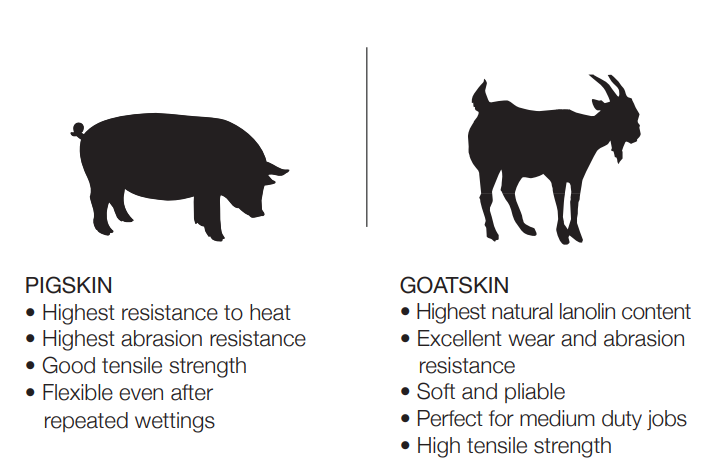
| Feature | Sheepskin Leather | Pigskin Leather |
|---|---|---|
| Texture | Soft, with fine, smooth grain | Coarser texture with visible pores |
| Breathability | Excellent natural ventilation | High breathability due to open pores |
| Appearance | Luxurious, even surface | Less refined, more casual appearance |
| Workability | Easy to cut and stitch | Easy to process, but harder to finish smoothly |
| Cost | Mid to high (especially full-grain) | Lower-cost alternative |
| Typical Uses | High-end fashion and accessories | Casual shoes, wallets, work gloves |
Insight: Pigskin is often chosen for its cost-effectiveness and durability in rugged environments, while sheepskin is selected for more premium, aesthetically driven products.

By understanding the nuanced performance of each leather type, custom bag brands and manufacturers can better align material choices with product intent, customer expectations, and budget requirements. For businesses focused on high-end, lightweight custom leather bags, sheepskin remains a top-tier option—offering both exceptional aesthetic value and superior tactile comfort.
How to Identify Quality Sheepskin Leather
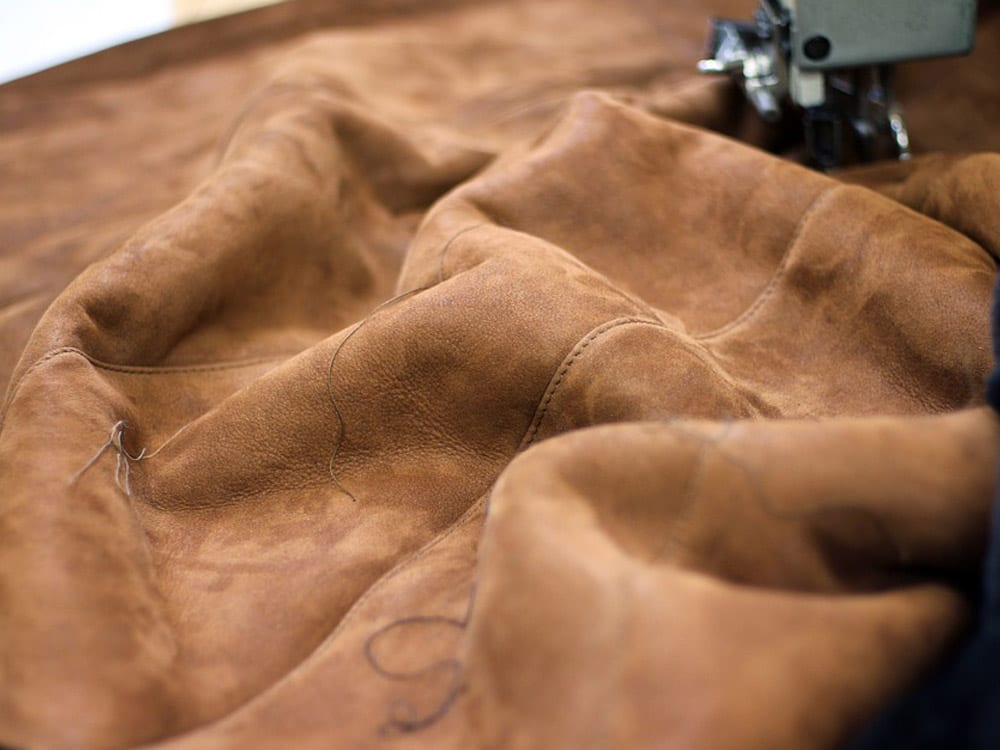
For manufacturers, designers, and sourcing professionals, the ability to accurately identify premium-grade sheepskin leather is essential to ensure product consistency and customer satisfaction. Below are key indicators that help distinguish high-quality sheepskin from lower-grade or poorly processed alternatives.
1. Texture & Grain Inspection Bag
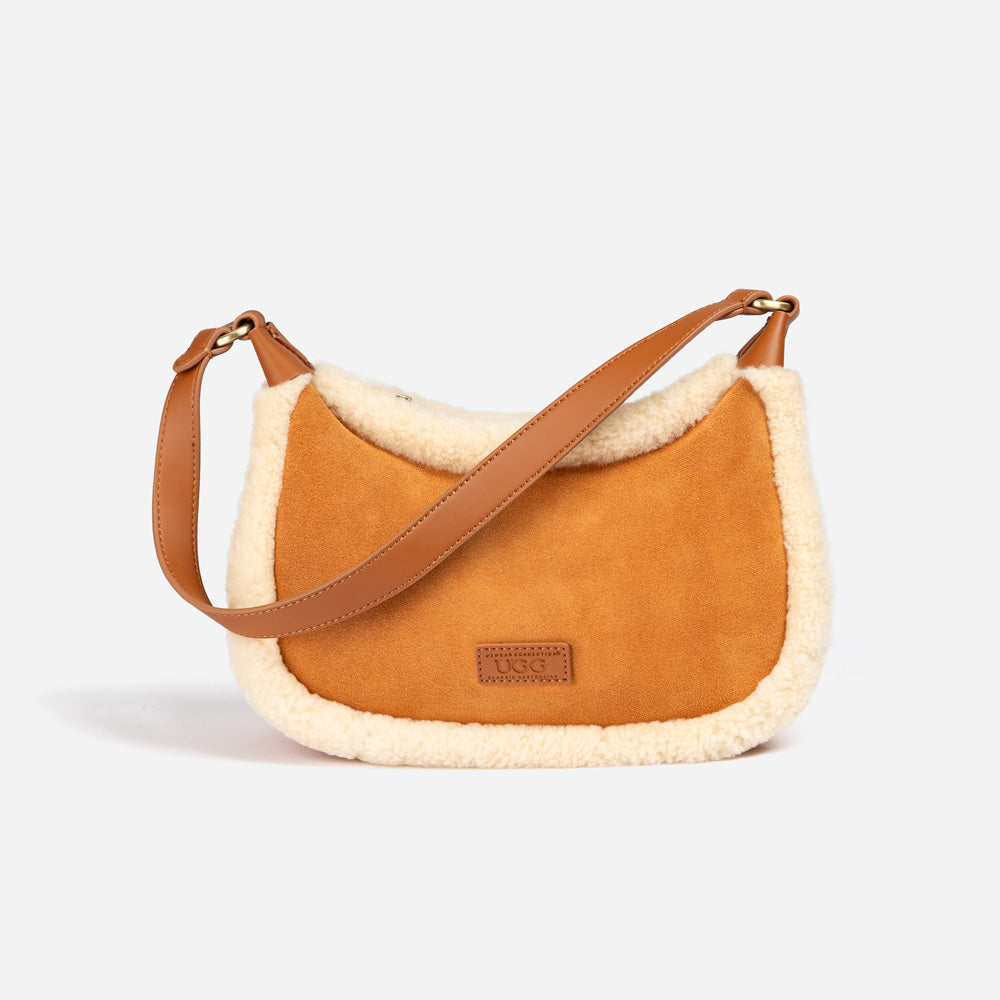
High-quality sheepskin features a fine, uniform grain with a smooth, supple surface. It should feel naturally soft and consistent across the hide, without excessive wrinkles, blemishes, or uneven patches.
Full-grain sheepskin retains the natural texture, indicating minimal surface correction.
Avoid overly buffed or coated hides that feel plastic-like or unnatural.
2. Smell Test Bag
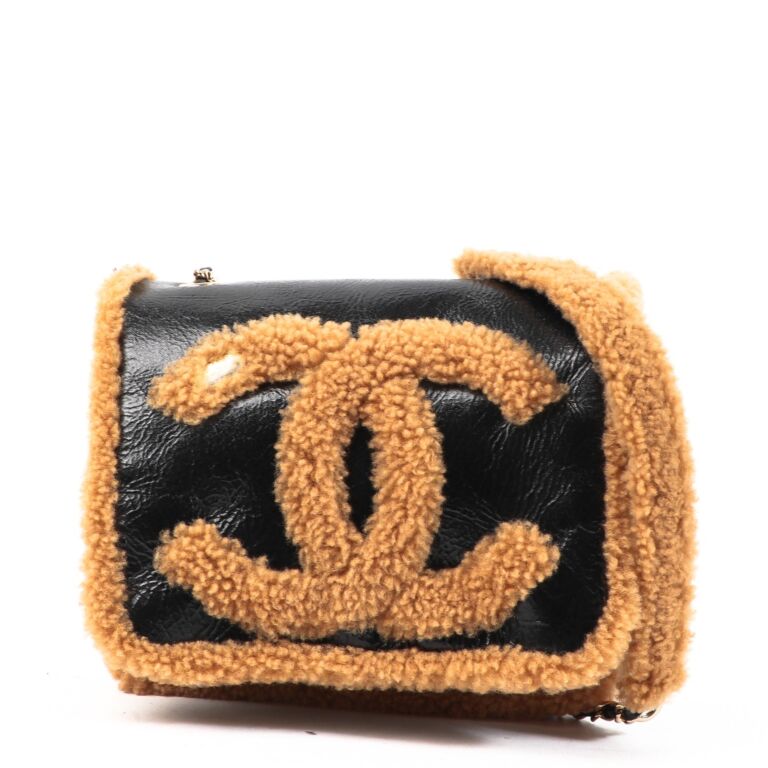
Authentic sheepskin has a clean, slightly earthy leather scent, especially when processed using vegetable or semi-vegetable tanning methods—a quality often favored by custom bag manufacturers seeking natural materials that align with premium product standards and low-chemical branding requirements.
Strong chemical or synthetic odors may suggest over-processing or use of low-grade chrome tanning with poor finishing.
A completely odorless hide can indicate artificial surface treatments or bonded leather blends.
3. Hand Feel & Flexibility Bag
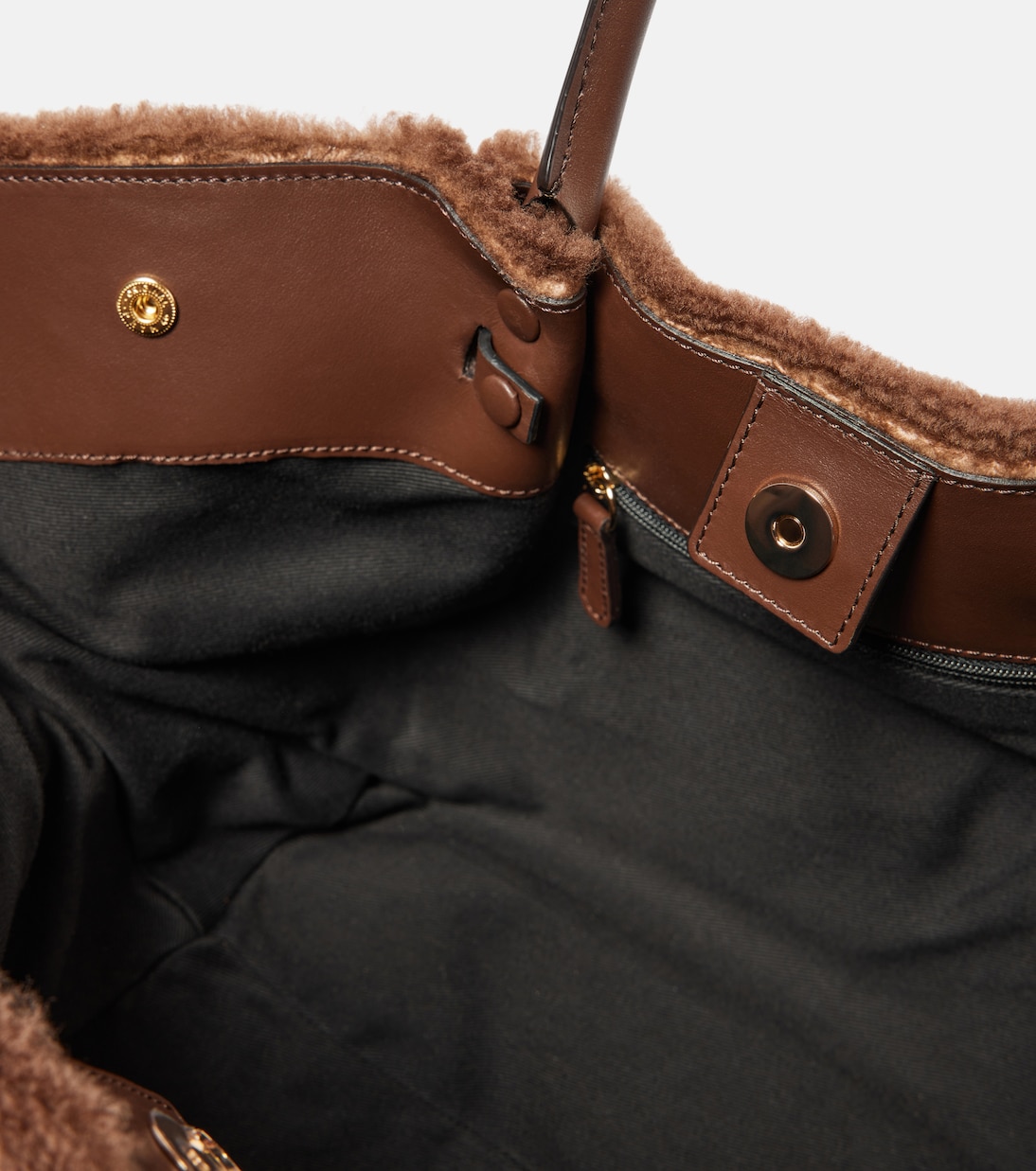
When touched, premium sheepskin leather should feel buttery soft, elastic, and lightweight, making it an ideal material for custom bag manufacturing. Its natural flexibility allows it to mold easily during cutting and construction, without cracking or feeling too stiff—ensuring a smooth production process and a high-end finish in the final product.
Test tip: Lightly fold or press the leather — it should spring back without leaving permanent creases or cracks.
Inferior sheepskin often feels dry, rough, or coated, which compromises comfort and durability.
4. Color Uniformity & Finish Quality Bag

Examine the dye saturation and surface finish under natural light. Quality sheepskin:
Shows even coloration throughout, with rich tones and no blotches or fading
Has a consistent sheen or matte finish, depending on the intended treatment (aniline, semi-aniline, nubuck, etc.)
Allows the natural grain to show through, especially in premium finishes
Lower-grade leather may have patchy coloring, uneven finishes, or appear overly shiny due to heavy pigments or synthetic coatings used to mask surface flaws.
Conclusion
Sheepskin leather’s unique combination of exceptional softness, natural elasticity, and outstanding breathability clearly sets it apart in the competitive landscape of premium leather materials. These inherent qualities, coupled with its adaptability to advanced tanning processes, explain why expert tanners consistently prefer sheepskin for high-end fashion, accessories, and luxury goods.
For consumers and brands alike, choosing sheepskin leather means investing in products that offer superior comfort, durability, and refined aesthetics. However, with increasing awareness of environmental impact, it is equally important to prioritize quality and sustainable Sheepskin Leather bag sourcing. Opting for sheepskin leather produced by certified, eco-conscious tanneries ensures not only product excellence but also responsible stewardship of natural resources.
As the demand for luxury leather goods continues to grow, embracing premium sheepskin leather crafted through sustainable practices is a forward-looking choice—one that supports innovation, quality craftsmanship, and a greener future for the leather industry.
Ready to elevate your product line with premium sheepskin leather? Contact our expert team today to explore sustainable sourcing options and tailor-made solutions that meet your brand’s highest standards.

